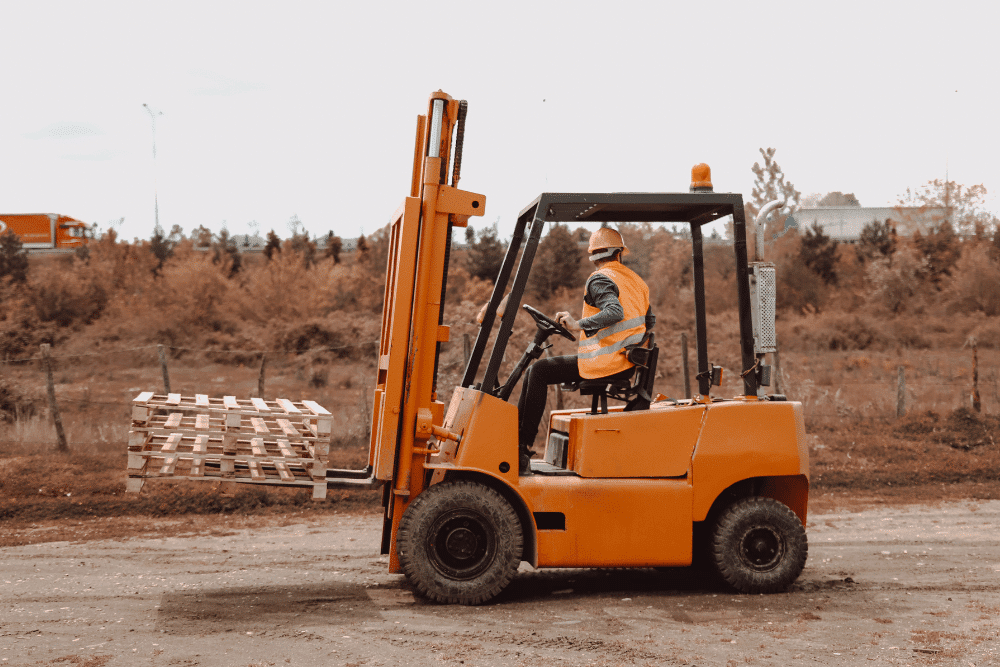With up to $20,000 to play with, the instant asset write-off is there to help a wide range of businesses. Whether you’re a family catering operation looking for a commercial oven or a construction firm in the market for some new equipment, writing off eligible assets frees up more cash for your business at the end of the year.
As we approach the end of the 2024-25 financial year, businesses that have yet to make use of the instant asset write-off have less than 30 days remaining to make a purchase and claim it on their tax return.
What is the instant asset write-off scheme?
The instant asset write-off (IAWO) scheme allows eligible businesses to claim an immediate deduction on the business portion of a commercial asset up to $20,000. This can be done for assets in their first year of use or installation and encompasses both new and used products.
Under this scheme, a business can receive the full deduction at the end of the relevant financial year. Prior to the IAWO’s introduction (and for assets that fall outside the threshold), businesses could only claim depreciation on their assets. This would occur over a period of years, rather than in a single hit.
The instant asset write-off scheme has also been extended until the end of the 2025-26 financial year, following an announcement by the Australian Government in the lead-up to the federal election.
Which businesses are eligible to use the instant asset write-off?
According to the ATO, the IAWO is only available to businesses with an aggregated turnover of less than $10 million. As of the 2025-26 financial year, there are no IAWO options for businesses turning over $10 million or more.
Can I combine multiple purchases that come to $20,000 or less?
Yes – the IAWO can be used to bundle multiple purchases under the $20,000 threshold, not just a single asset. For example, if you bought two used cars at $9,500 each that were 100% for business use, you could claim an immediate deduction for the cost of both.
If the combined purchase price of your assets exceeds the IAWO threshold, you would only be able to claim whatever fully falls within the limit. If the example above was applied to two cars worth $10,500 each instead, you would only be able to claim one of them under the IAWO scheme. The other would need to be claimed under the standard depreciation system.
Assets financed through Savvy under $20,000: 2024
Here are some of the most common assets we helped business owners purchase that would have been eligible for the IAWO in 2024:
- Trailers (new and used)
- Used yellow goods, such as forklifts
- Used utes
We can also help you finance the following IAWO-friendly products:
- Commercial appliances, such as ovens and refrigerators
- Office furniture
- Computers and computer systems
- Parts and accessories of more expensive commercial assets purchased and claimed in previous years, such as an engine for a vehicle or bucket for an excavator
What is excluded from instant asset write-off?
The ATO has a list of excluded assets from the IAWO scheme. These are:
- Assets that are leased out, or expected to be leased out, for more than 50% of the time on a depreciating asset lease
- Assets used in your research and development (R&D) activities
- Assets you allocated to a low-value assets (pool) before using the simplified depreciation rules
- Capital works, including buildings and structural improvements
- Horticultural plants, including grapevines
- Software allocated to a software development pool (but not other software)
If I wanted to purchase an asset that costs $30,000, what can I claim for tax?
Any assets with a purchase price above the $20,000 threshold are ineligible for the IAWO. Even if a purchased asset’s claimable amount (its business portion, rather than its full price) is below the threshold, it can’t be claimed via this method.
If you’re running a small business, the cost of your asset would be added to your small business depreciation pool. This allows you to claim a 15% deduction on all assets in your pool in the year they were included within it. However, if your pool’s value is within the IAWO limit, you may still be able to claim an immediate deduction for the full amount.
What other tax changes are coming for businesses in 2025-26?
Income tax interest deductions
As of the 2025-26 financial year, any interest payable on ATO debts will no longer be tax-deductible. This means that any general interest charge (GIC) or shortfall interest charge (SIC) accrued on an outstanding tax debt must be paid in full by your business. However, any interest incurred up to 30 June is still tax-deductible.
This change will make owing the ATO tax more expensive, especially for businesses that are unable to pay down their debts quickly. It’s even more imperative that you clear your debts wherever possible now that interest is no longer tax-deductible.
Plug-in hybrid electric vehicle changes
Under previous rules, plug-in hybrid electric vehicles (PHEVs) were exempt from fringe benefits tax (FBT). This made them an attractive option for both businesses and employees when it came to novated leasing. As of 1 April 2025, this exemption was removed.
It’s important to note, though, that if the car was available for use (or used) on 31 March 2025 or earlier and you have a financially binding commitment to its continued use beyond 1 April, you can still apply the exemption.
- More tax relief for small businesses under Labor - Australian Labor
- Instant asset write-off for eligible businesses - Australian Taxation Office
- Assets and exclusions - Australian Taxation Office
- Small business pool calculations - Australian Taxation Office
- Denying deductions for ATO interest charges - Australian Taxation Office
- FBT on plug-in hybrid electric vehicles - Australian Taxation Office



